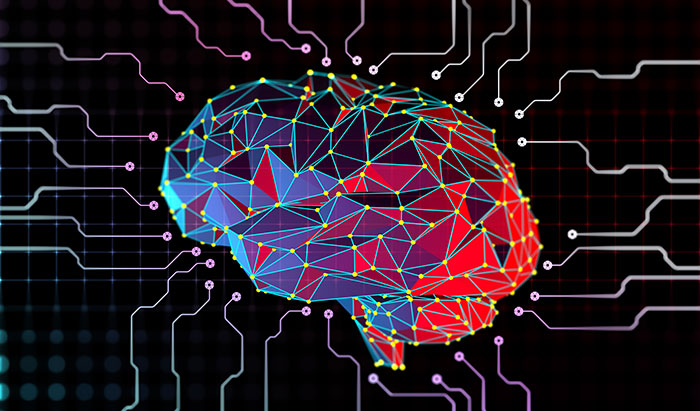Retinal Vascular Features as a Biomarker for Psychiatric Disorders

The blood vessels of the brain and the retina share common embryological origins and have comparable anatomy and physiology. In this thesis, patients with Schizophrenia (SCZ) and Bipolar disorder (BD) were recruited and compared with healthy volunteers (HV). We examined the diameters of the retinal venules and arterioles for abnormalities in patients and HV. Patients with SCZ/BD were clinically evaluated, completed questionnaires to evaluate the severity of symptoms, and underwent retinal imaging to measure retinal vasculature. Healthy volunteers were also clinically evaluated and completed retinal imaging to serve as the control cohort. Patients with schizophrenia or bipolar disorder have retinal microvascular abnormalities when compared with healthy adults. It was observed that the retinal vascular parameters were different in SCZ and BD when compared to HV.
To summarize: compared to HV, BD and SCZ had wider veins and narrowed arteries, higher retinal arteriolar tortuosity index, higher fractal dimension, and smaller retinal vascular (both veins and arteries) trajectory. It is important to note that all the above results are statistically significant even after controlling for age and sex. When available, the effect of other confounders like BMI or systemic blood pressure, was also controlled in the statistical analysis. It was interesting to observe that there was a significant difference between SCZ and BD as well in retinal vascular caliber (both artery and vein) and tortuosity (artery only). However, there was no difference between SCZ and BD in trajectory or fractal dimension. As an exploratory analysis, a machine learning using a supervised ensemble of bagged trees was implemented to check if retinal vascular trajectories can be a potential utility as a predictive biomarker. It had an accuracy of 86% with a sensitivity of 88% and specificity of 85% for differentiating HV and SCZ.
However, a lower but considerably good accuracy of 73% with a sensitivity of 78% and specificity of 76% was obtained for differentiating HV and BD. Currently, there is no definitive, quantitative assessment or specific biomarker which can help in the screening or confirmation of the diagnosis of psychiatric disorders. From the present thesis, it can be concluded that retinal vascular abnormalities are present in SCZ and BD. Fundus imaging may pave the way to novel screening / diagnostic tools and indirectly help in early interventions. This thesis was in collaboration between Maastricht University, the Netherlands, National Institute of Mental Health and Neurosciences (NIMHANS), India and B.M.S. College of Engineering (BMSCE), India.
Dr. Abhishek Mahesh Appaji
B.M.S. College of Engineering, IN / Maastricht University, NL
Assistant Professor, Dept of Medical Electronics & Institutional Coordinator
for R&D, BMSCE, BMSCE, Bangalore
Ph.D. granting institution: Maastricht University, the Netherlands

